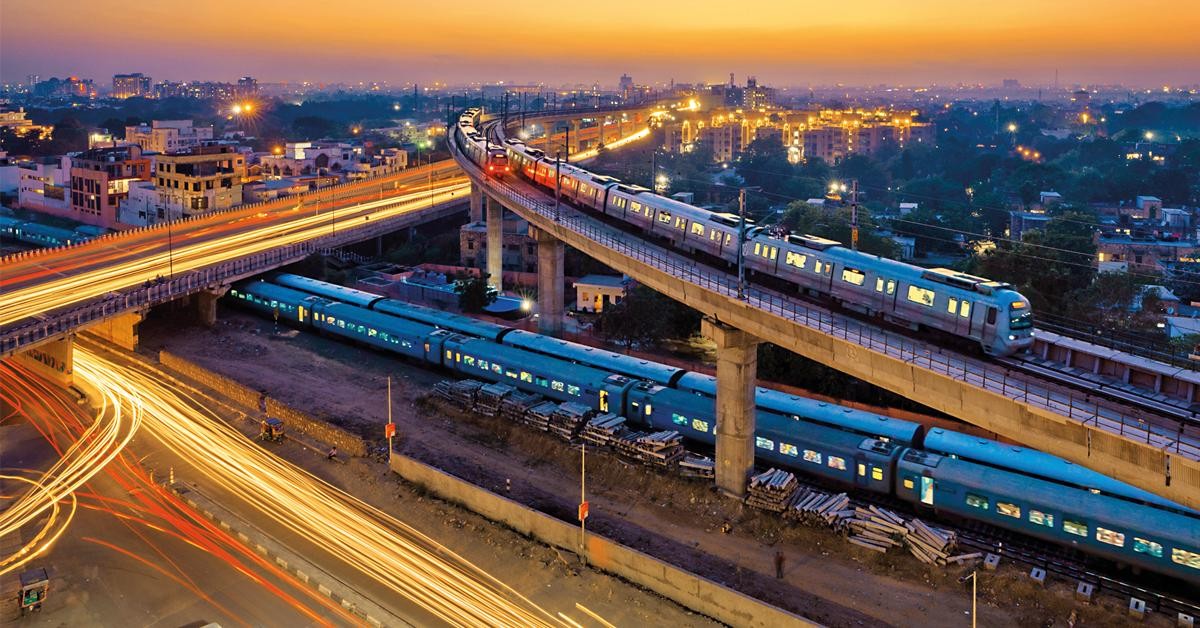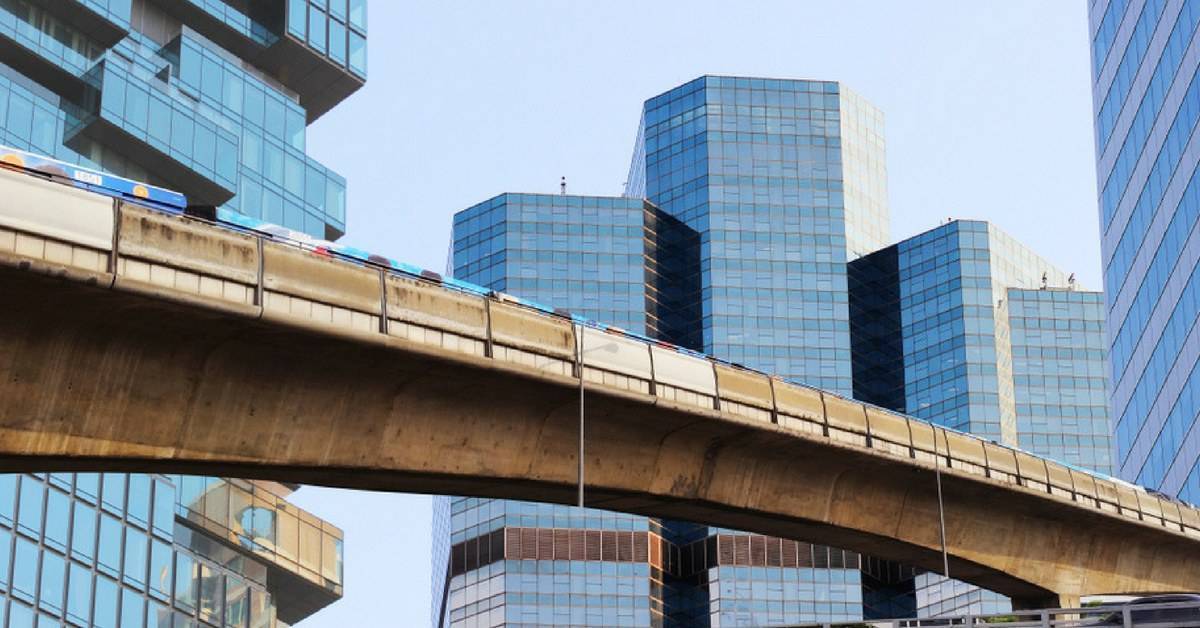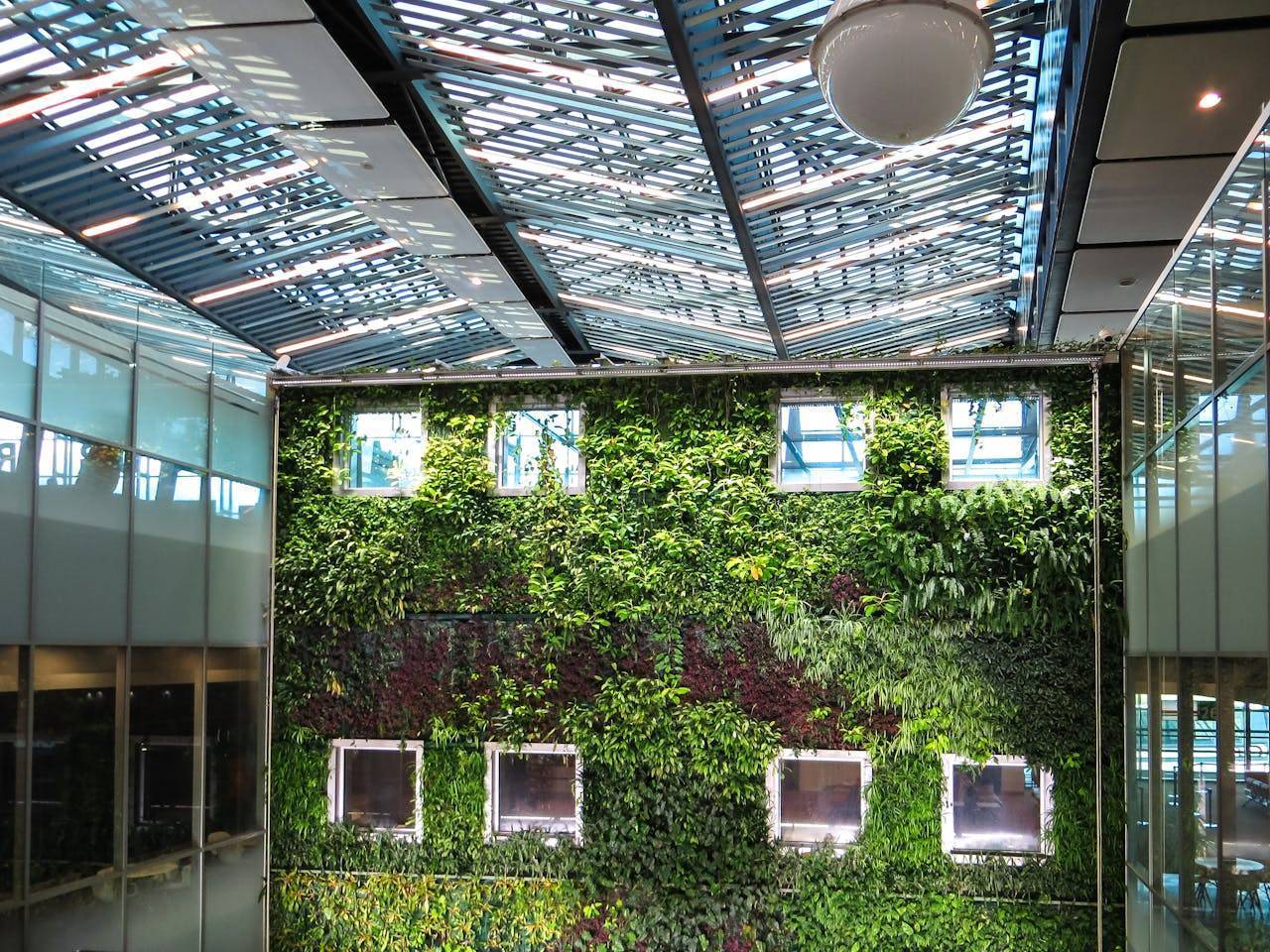In a city as bustling as Mumbai, where commuting is a daily challenge, the introduction of the Mumbai Metro has proven to be a game-changer, especially for the Dahisar to Andheri corridor. The metro's impact on the real estate landscape has been significant, breathing new life into micro-markets and influencing housing demand along its route.
The Dawn of Metro Connectivity:
Around a year ago, Mumbai welcomed two metro corridors - the Dahisar-DN Nagar (Andheri) Metro-2A along the Link Road and the Dahisar East-Andheri East Metro-7 along the Western Express Highway (WEH). These corridors cover six key micro-markets: Dahisar, Borivali, Kandivali, Malad, Goregaon, Jogeshwari, and Andheri, all situated to the north of the city.

Shifting Perspectives:
Traditionally, Mumbai's western suburbs, particularly the Link Road and the Western Express Highway (WEH), were considered distant from the city's commuting lifeline - the suburban railway network. However, the introduction of a 20-kilometer metro railway connecting Dahisar and Andheri has reshaped perceptions.
Impact on Housing Demand:
Real estate experts in Mumbai assert that the metro has not only connected these arterial roads but has also ignited housing demand in the Dahisar to Andheri stretch. Rentals in this residential market have witnessed a substantial surge, ranging from 10-20 percent.

Ashish Narain Agarwal, Founder and CEO of PropertyPistol, emphasizes how the metro has alleviated concerns about traffic and commuting, resulting in a rental surge of 15 to 18 percent between Dahisar to Andheri. This underscores the premium placed on accessibility and convenience.
Factors Driving Demand:
Beyond the metro connectivity, several factors contribute to the increased demand.
Redevelopment Projects:
- Older buildings undergoing redevelopment have become a significant driver of increased demand for rented properties.
- Occupants displaced by redevelopment projects seek nearby rented accommodations, intensifying demand.
Proximity to Metro Stations:
- Properties situated close to metro stations experience heightened demand due to the convenience they offer to residents.
- Accessibility to metro stations becomes a crucial factor influencing the choice of rental properties.
Micro-Market Insights:
Borivali, one of the micro-markets along the metro corridor, has witnessed a rental increase of about 15 percent post-metro commencement. The surge is attributed to the improved connectivity and the growing preference for localities near metro stations.

Saurabh Garg, Chief Business Officer and Co-founder of NoBroker.com, sheds light on the rental scenario. While Mumbai's overall market saw a 9 percent year-on-year increase in rents between January-July 2023, areas around the metro corridor experienced a more substantial surge, surpassing 15 percent in Malad, Kandivali, and Borivali.
The Mumbai Metro has proven to be a catalyst in transforming the real estate landscape, particularly along the Dahisar to Andheri corridor. Beyond easing commuting hassles, the metro has become a pivotal factor influencing rental rates, emphasizing the growing importance of accessibility and convenience for Mumbai's homebuyers and renters alike. As the city continues to evolve, these metro corridors are likely to play an increasingly crucial role in shaping the future of Mumbai's real estate.









.png)